From time to time, you may need to locate the version and build number for a particular app on your iPhone or iPad, but it’s not at all obvious where you can find the information. Well, there’s more than one place to look on iOS 15 and iPadOS 15, but none are perfect solutions. Knowing each method will ensure you can always find any app’s real version number.
Android shows the version number for every app in the “Apps” settings menu; All you need to do is open the list, tap the app you want, and scroll to the very bottom. On iOS and iPadOS, the equivalent of that would be going to the app’s preferences via Settings –> [App Name], as seen in Option 1 below. However, as you’ll see, it does not work with every app as it does on Android.
Jump to an Option:
- View the App’s Preferences in Settings
- View the App’s In-App Settings Menu
- View the App’s Storage Information
- View the App’s App Store Page
- View the App’s Beta Details in TestFlight
- View the App’s Info in Apple Configurator
- View the App’s Info from the Software Package
Versions vs. Builds
When you see a version number using one of the options below, it will likely be formatted something like 1.2.3, where 1 means a major update, 2 represents a minor update, and 3 indicates a quick patch or revision. These are the numbers you’ll see on the App Store for the current version and version history.
However, if you see something like 1.2.3456, it likely means it’s version 1.2 and the 3,456 build of the app or the version itself. When you see parentheses, like 1.2.3 (45.6789), the build number is in the parentheses.
Build numbers are primarily for the developer itself to help keep track of the app’s current state. The build number is incremental, showing the overall progress of the app from day one to the present. When you see a big jump in build numbers for a specific app, the app went through all of those phases internally before officially releasing the update to the App Store.
Option 1: View the App’s Preferences in Settings
Most of the preferences available for an app should be accessible in the app itself, but some configuration options may wind up in the Settings app. While not a requirement, some developers include information about the app in Settings, so you might find the app’s version and build number there.
Open the Settings app, select the preferences for the app in question (scroll to find it or use the search bar at the top of Settings), and you’ll be able to tell right away if the version and build number are there or not.
There is no rule for how apps must include versions and build numbers, so the format will differ. You may see a basic version number only (ex. 1.2.3), a version with a build number right after it (ex. 1.2.3 (45.6789) or 1.2.3 build: 45.6789), or a version with a separate line for the build number.
- Pros: Can search for apps by name; you may also see build numbers.
- Cons: Only a few apps do it this way; there’s no standard format.
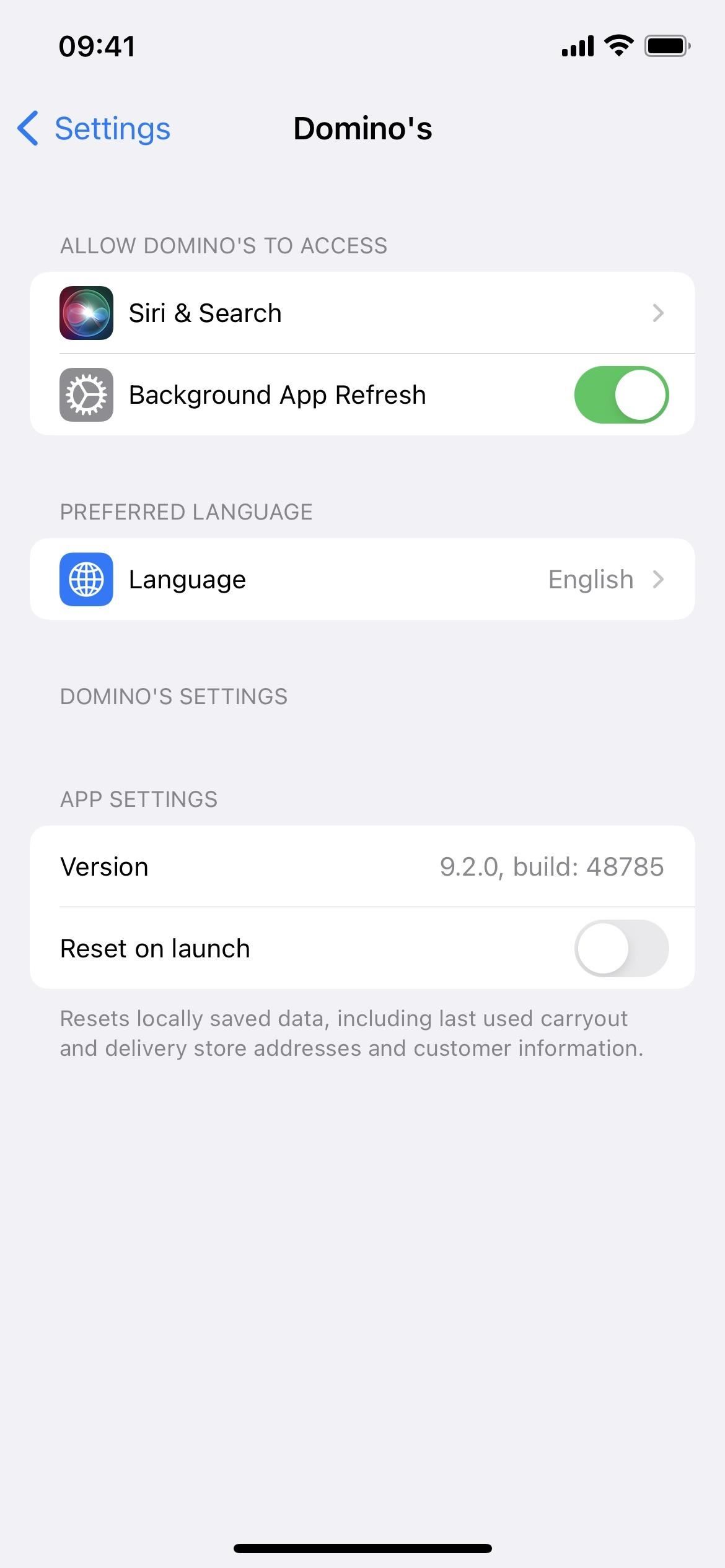
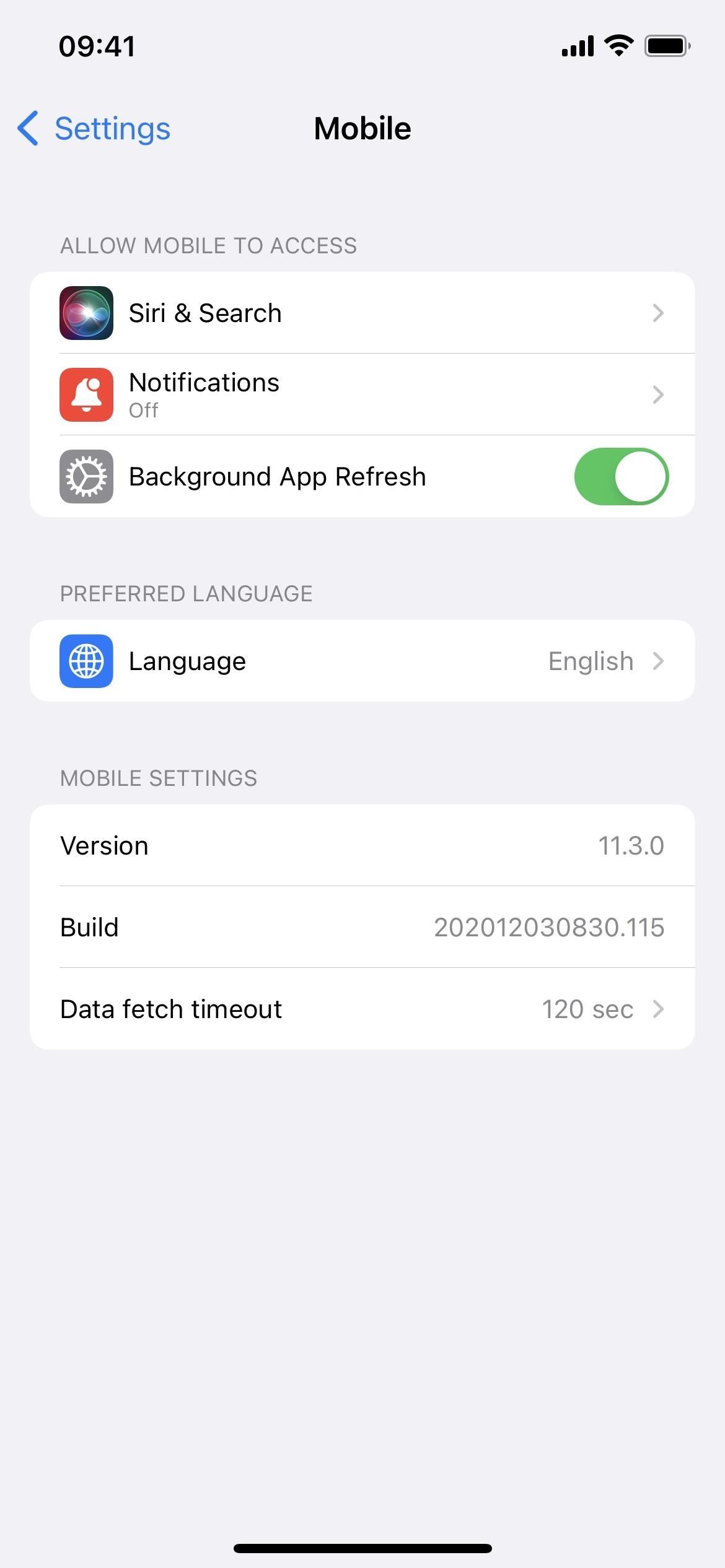
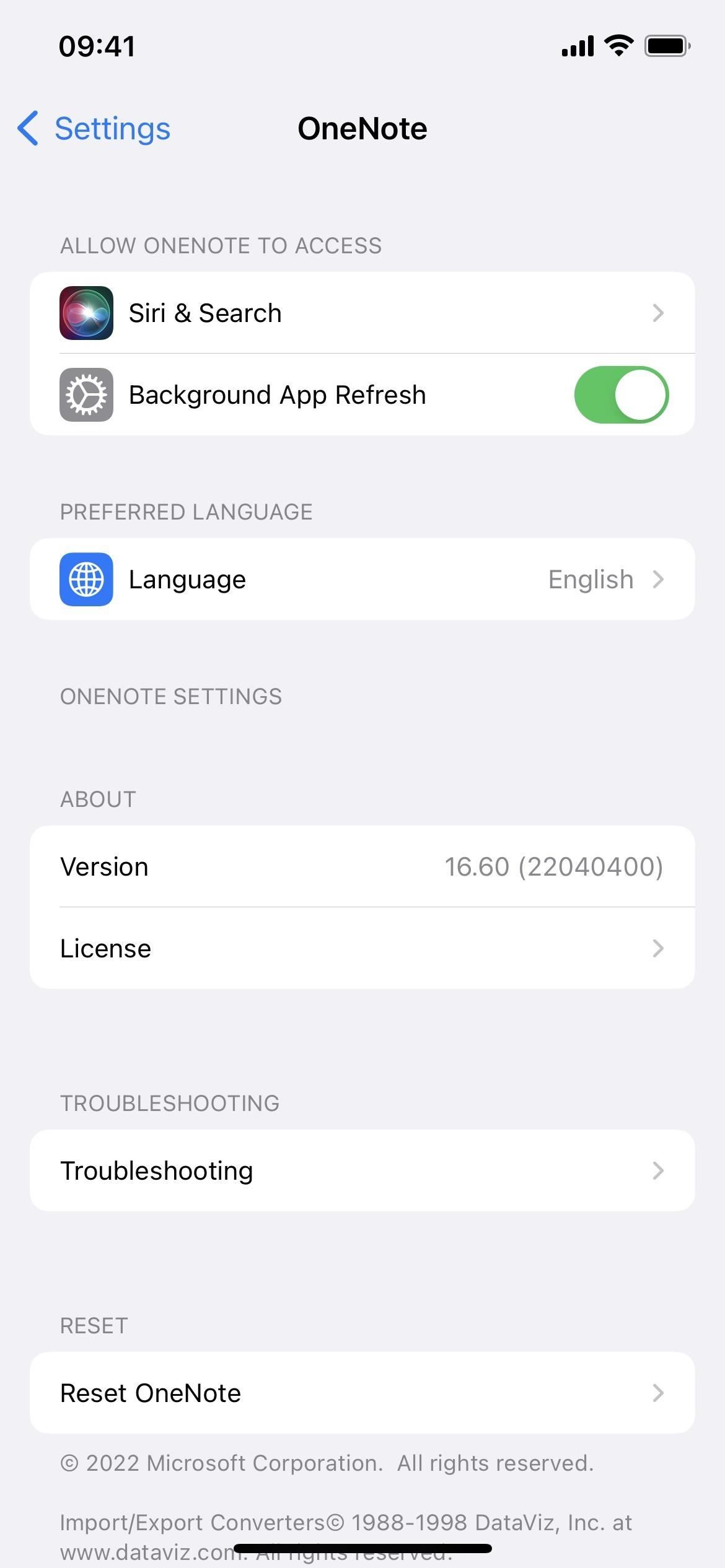
Apple lists versions and builds for Apple Support, Clips, GarageBand, iMovie, iTunes Movie Trailers, Keynote, Numbers, Pages, and TestFlight, but not Apple Store, iTunes Remote, or Podcasts. Some third-party apps that list versions and builds in Settings include Calm, Capital One, Domino’s, DuckDuckGo, Facebook, Gmail, Netflix, Numbers, Microsoft OneNote, Microsoft Word, Now Mobile, Opera, Prime Video, Starbucks, and Target.
Option 2: View the App’s In-App Settings Menu
If an app doesn’t list its version and build number in the Settings app, you might find the numbers directly in the app, usually in its settings menu.
In the in-app settings, it could show the numbers right away in fine print (ex. Gmail, TikTok), or they could be buried in another settings menu such as “About” (ex. Google Maps), “Additional Resources” (ex. Twitter), or even in a less intuitive menu like “Open Source Libraries” as Instagram is guilty of.
- Pros: More apps do it this way; you may also see build numbers.
- Cons: Not all apps do it this way; they can be difficult to locate.
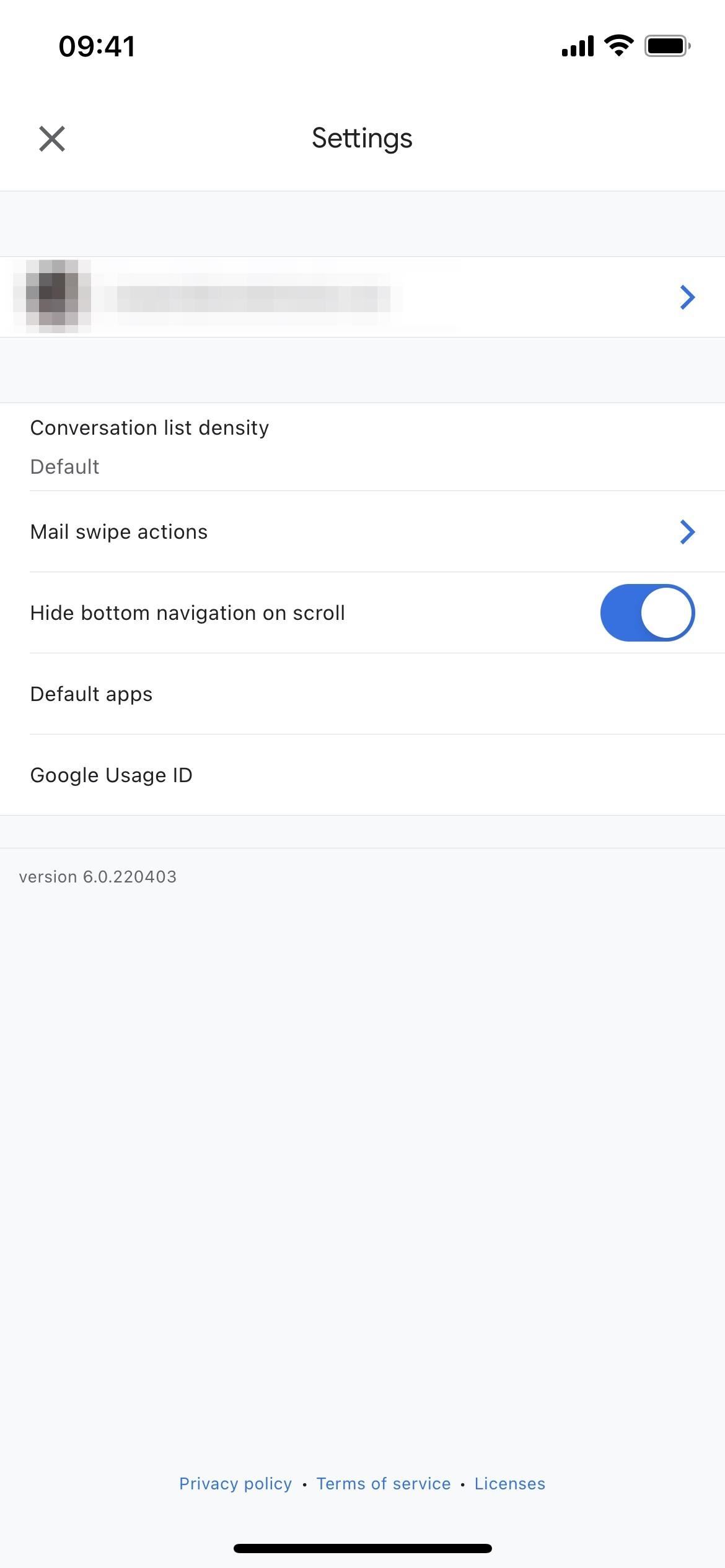
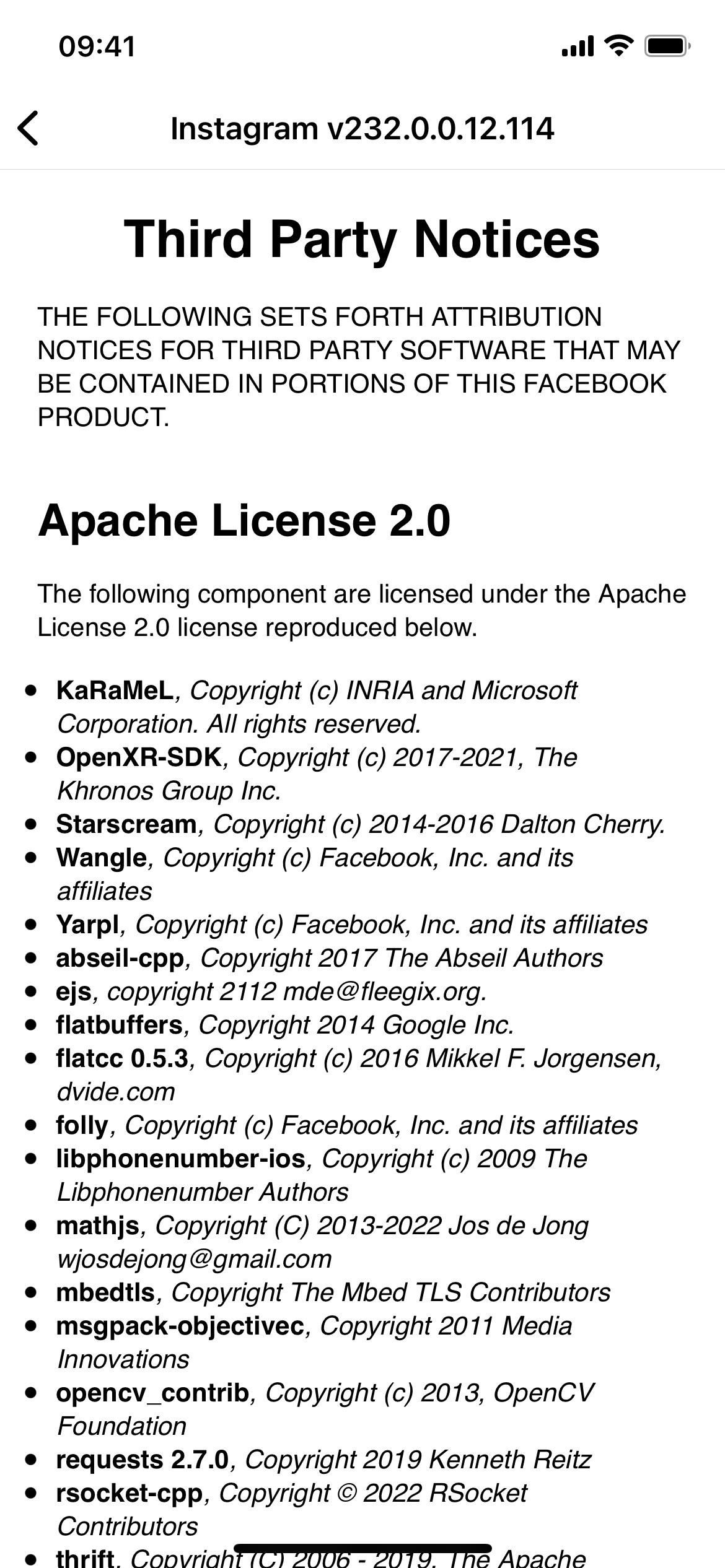

Option 3: View the App’s Storage Information
The least obvious way to find an app’s version and build number is from the storage information on your iPhone or iPad. Open the Settings app, tap “General,” then either “iPhone Storage” or “iPad Storage.” It may take a moment for iOS or iPadOS to load the storage data.
After loading, the storage view will show every app installed on your device sorted from the most to least consumed space. There is no way to sort the apps alphabetically, but you can tap the magnifying glass icon at the top to search for a specific app by name.
Select the app in question, and you should see the version number directly below the app’s title up top, right above the developer’s name. Every third-party app will show its version number here, but you won’t find anything for Apple’s apps. Whether pre-installed or downloaded from the App Store, all Apple apps omit version numbers in the storage settings.
- Pros: Works for all third-party apps; can search for apps by name.
- Cons: Omits build numbers; does not work for any Apple apps.
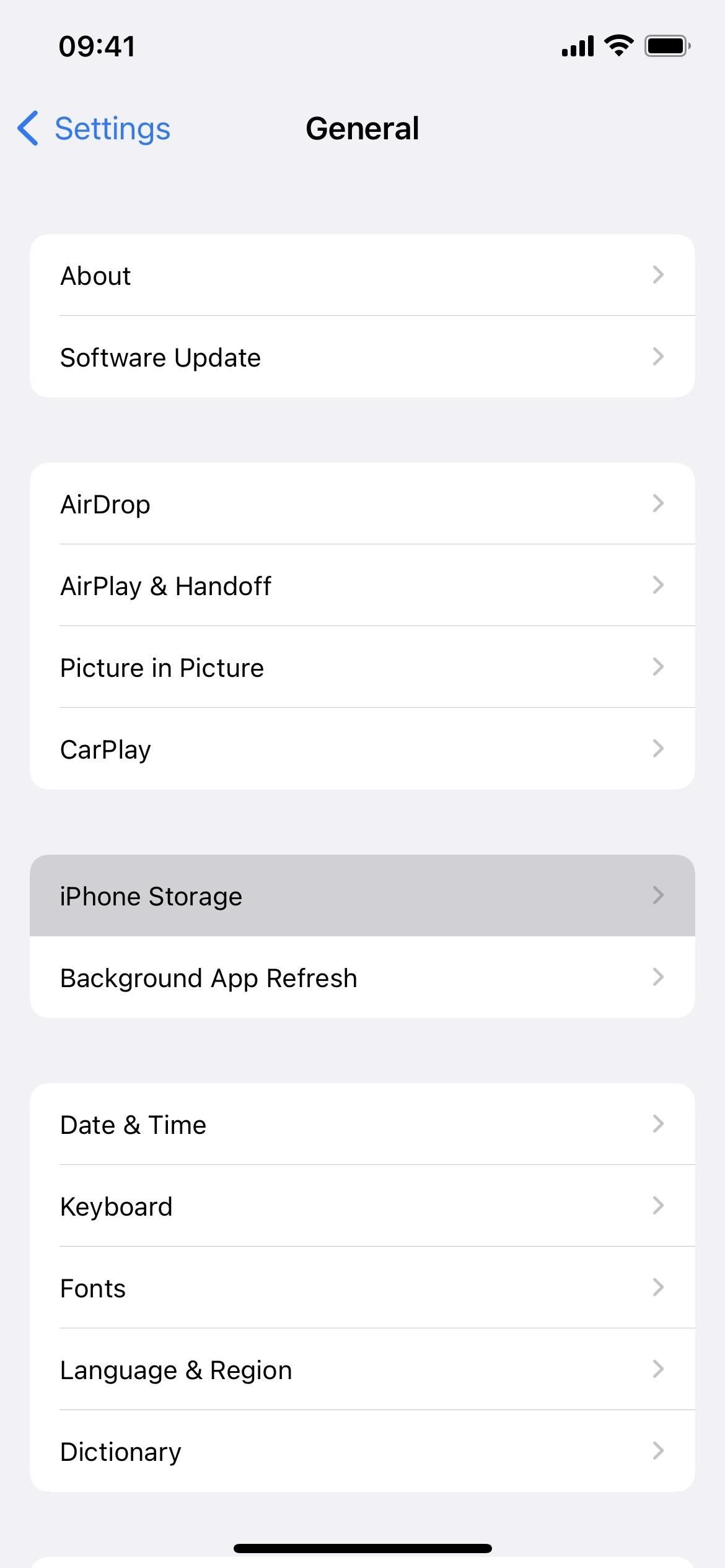
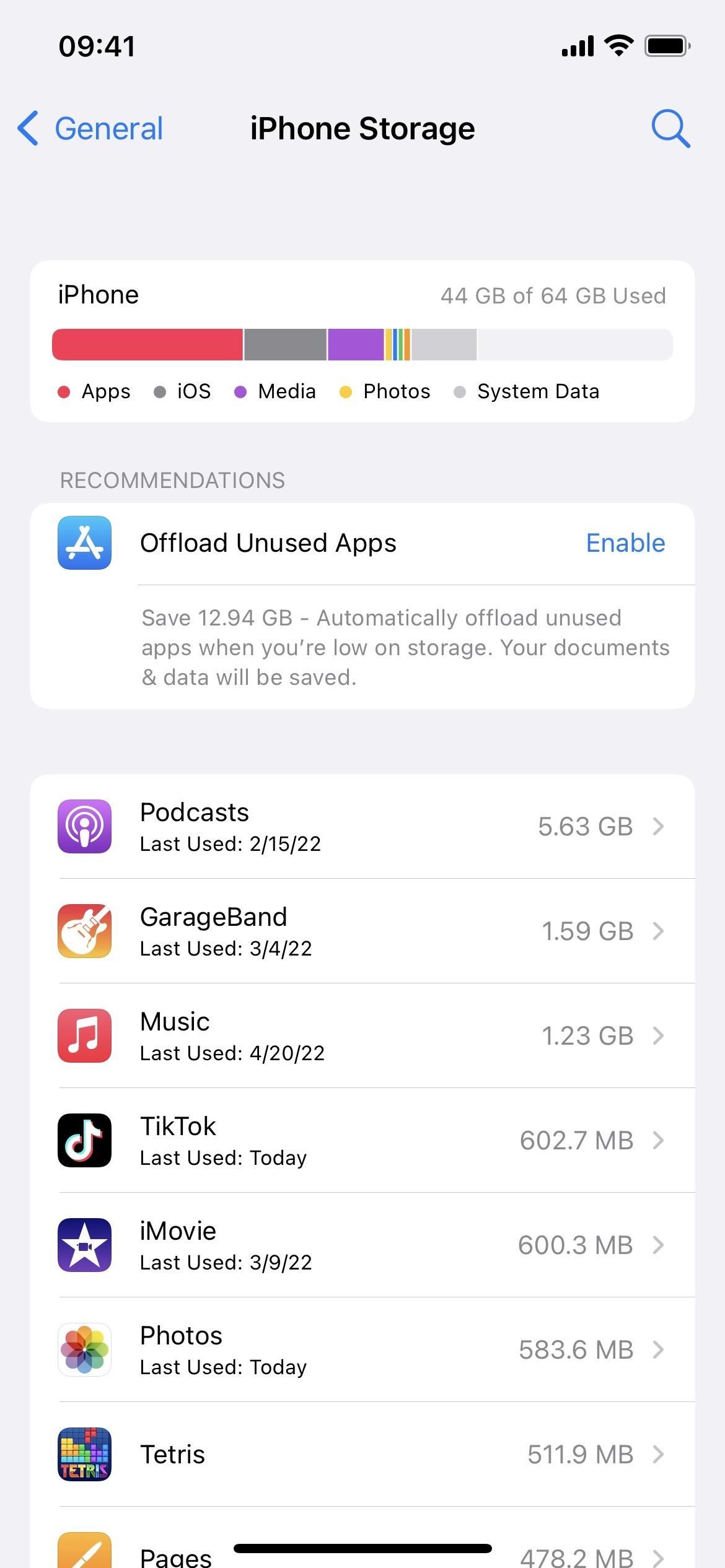
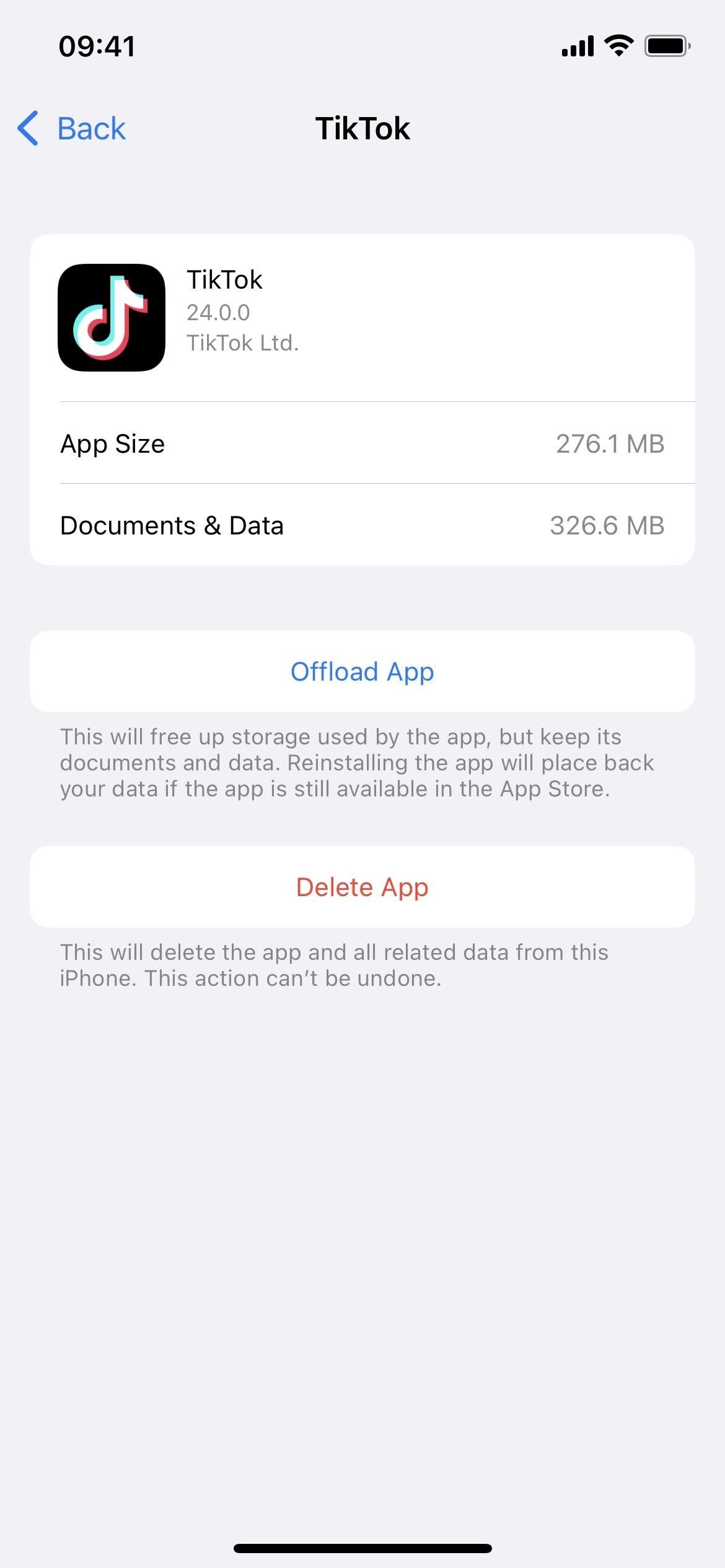
Option 4: View the App’s App Store Page
Perhaps the least helpful way to find an app’s version number is to view its App Store listing. In the App Store app, you can find the app in question from the “Search” tab or by tapping your profile icon and then “Purchased.”
The App Store will only show you what the currently available version of an app is, as well as the version history. You will not be able to find the version of the app you have installed this way unless there is no update available, meaning you have the latest app version.
- Pros: Works for all apps (even some stock Apple apps); can search for apps by name.
- Cons: Only tells you if you have the latest app version; omits build numbers.
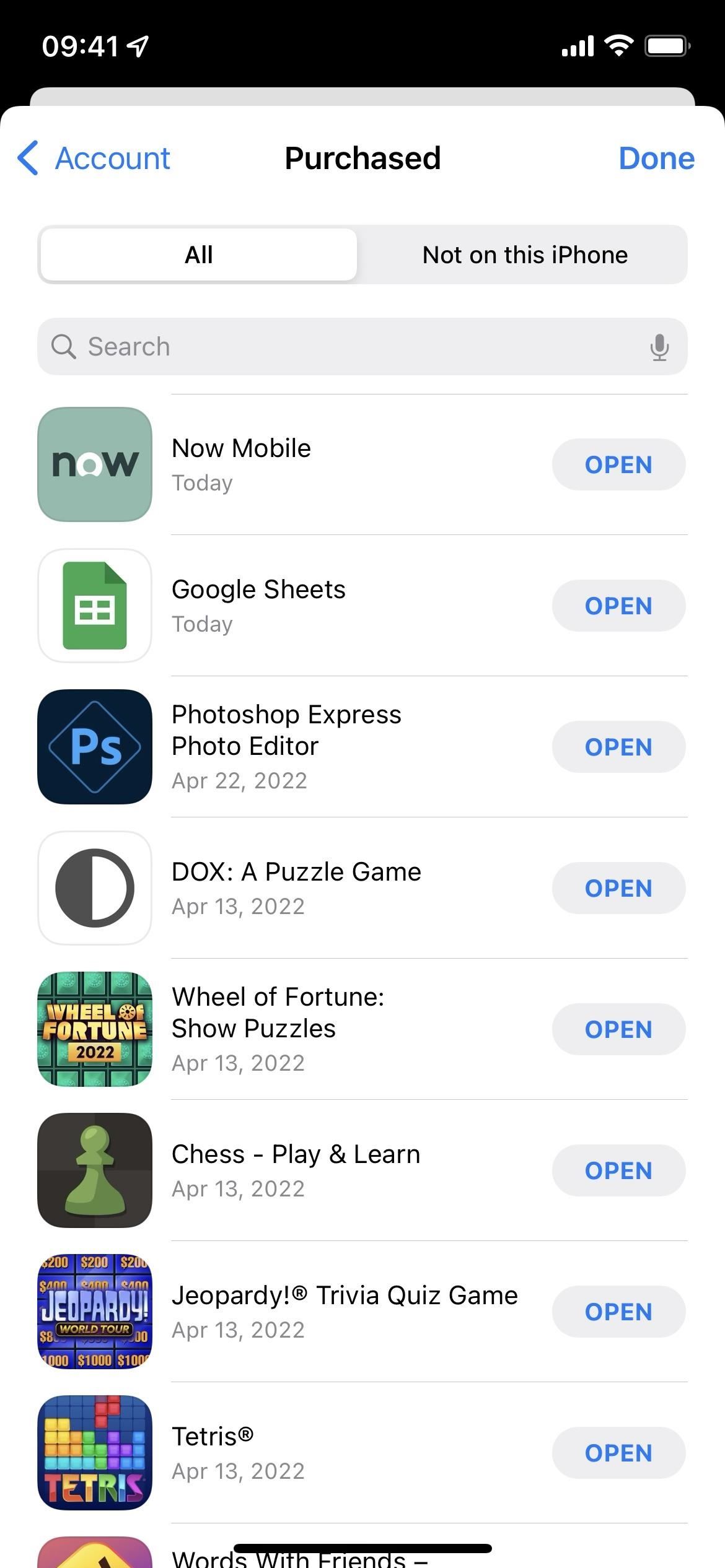
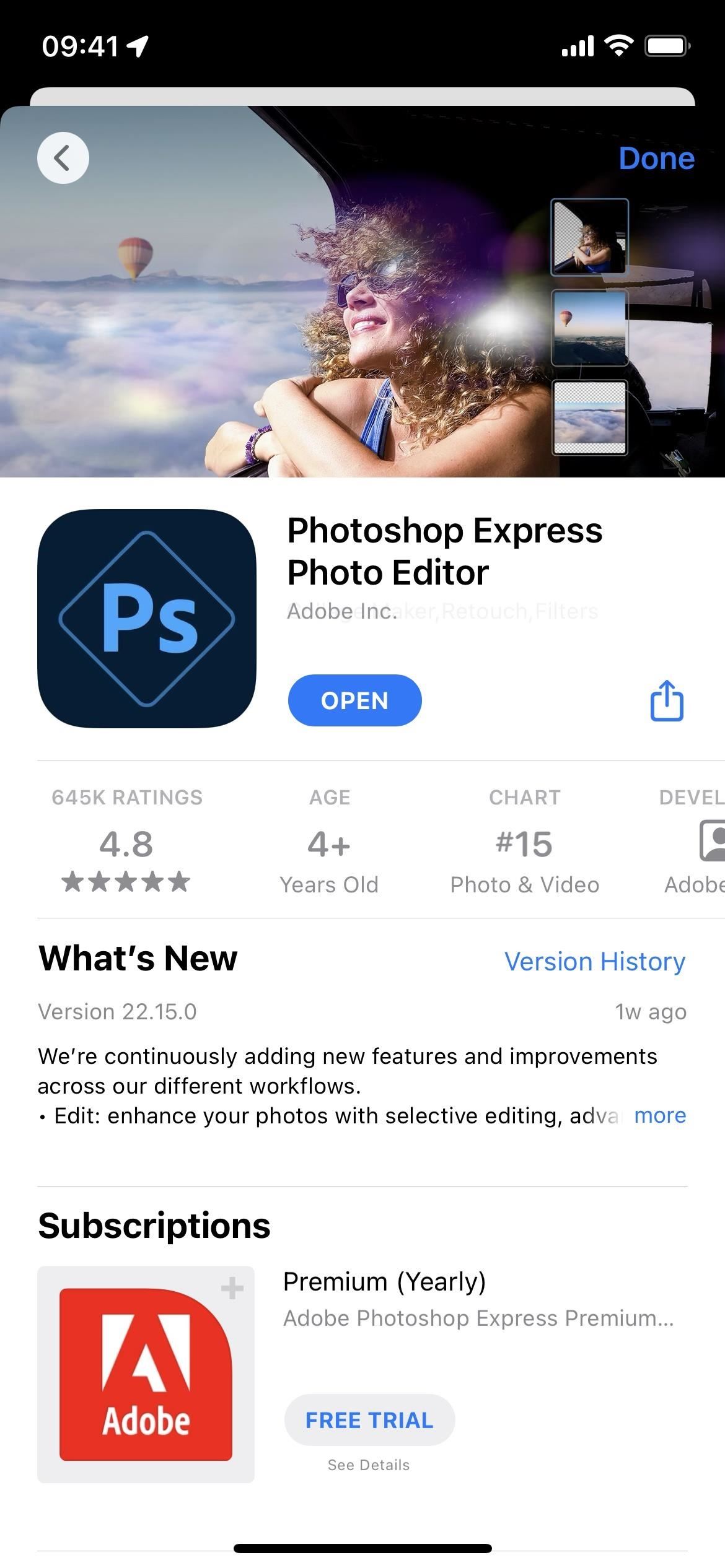
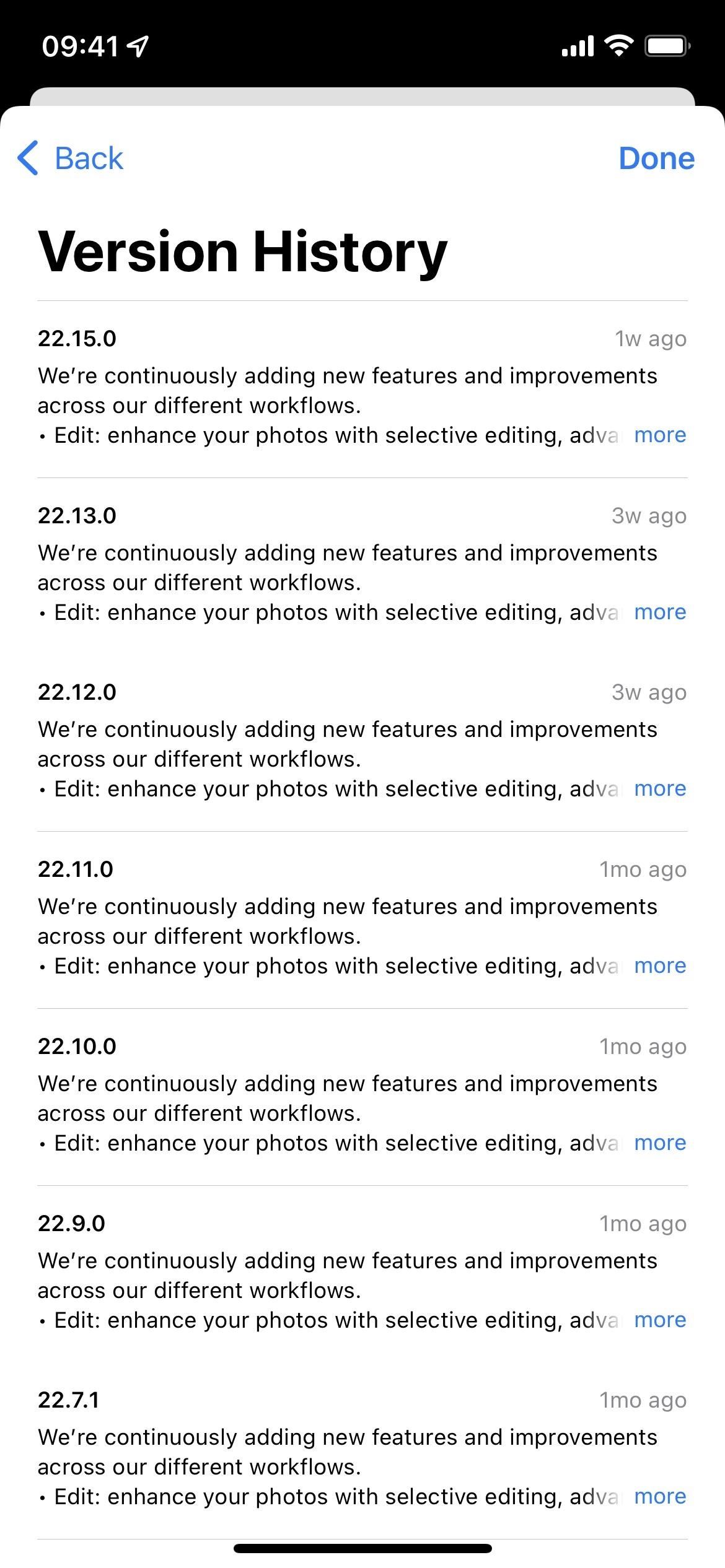
However, if you use TestFlight to test iOS and iPadOS beta apps, you will be able to see an app’s version number on its App Store listing, but only if it has a listing. Some beta apps have not officially hit the App Store, but you can still see the beta version of an app in TestFlight directly.
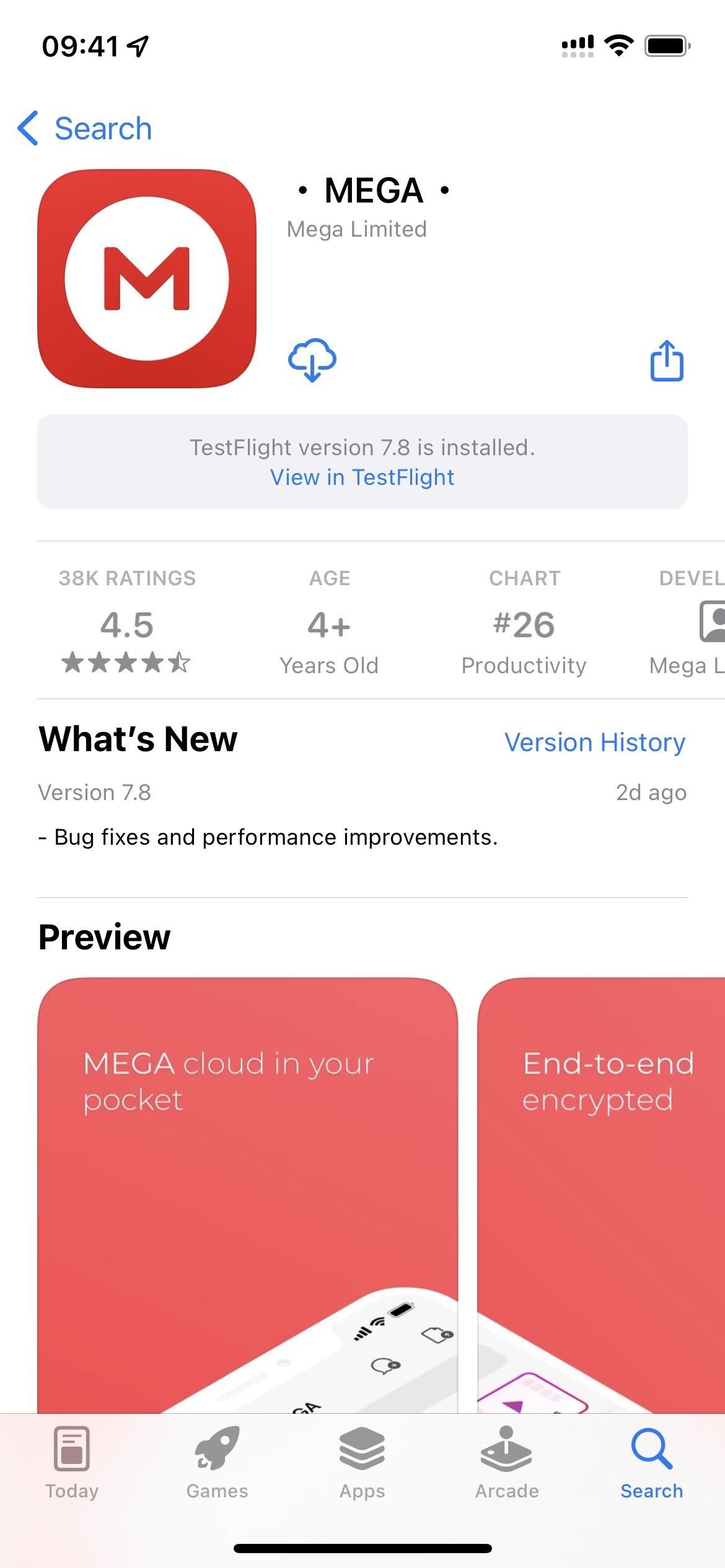
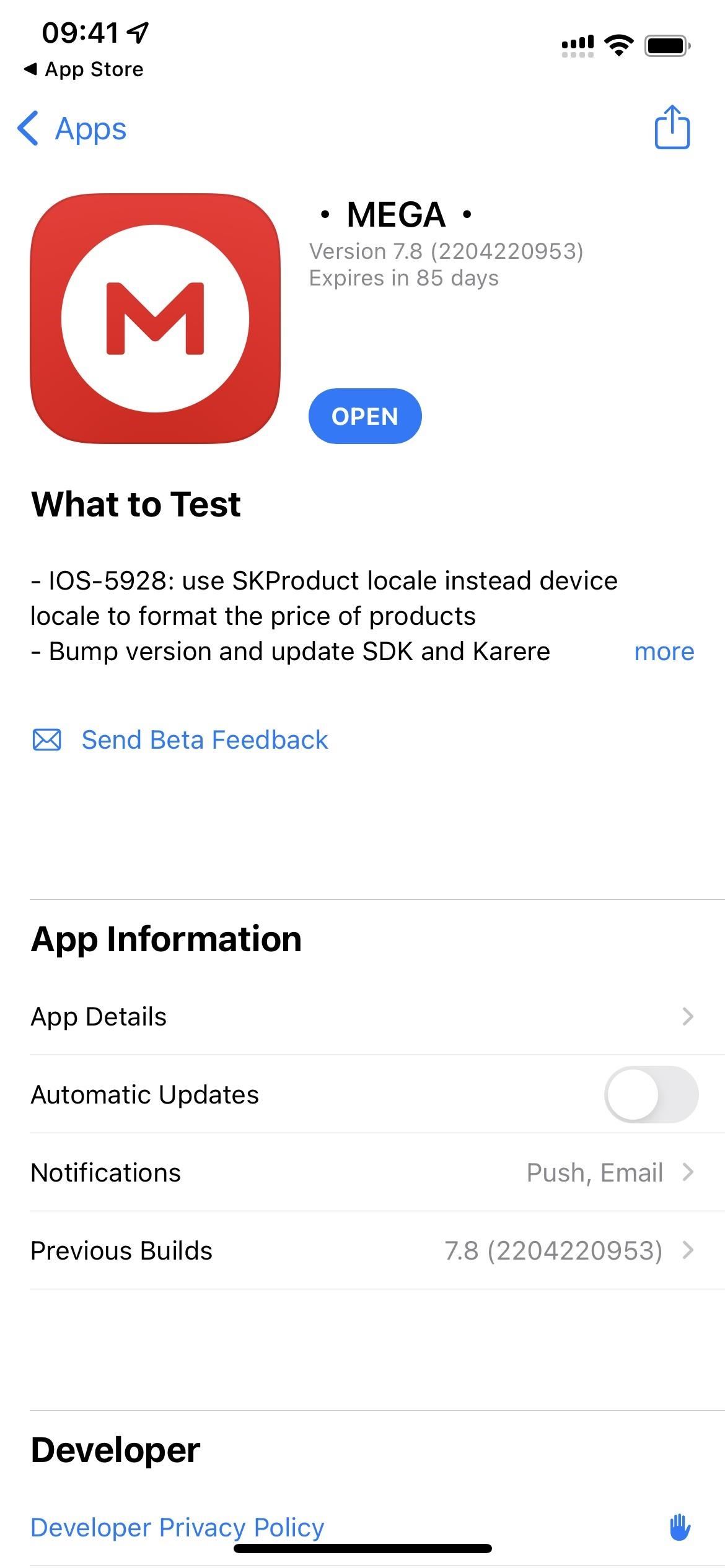
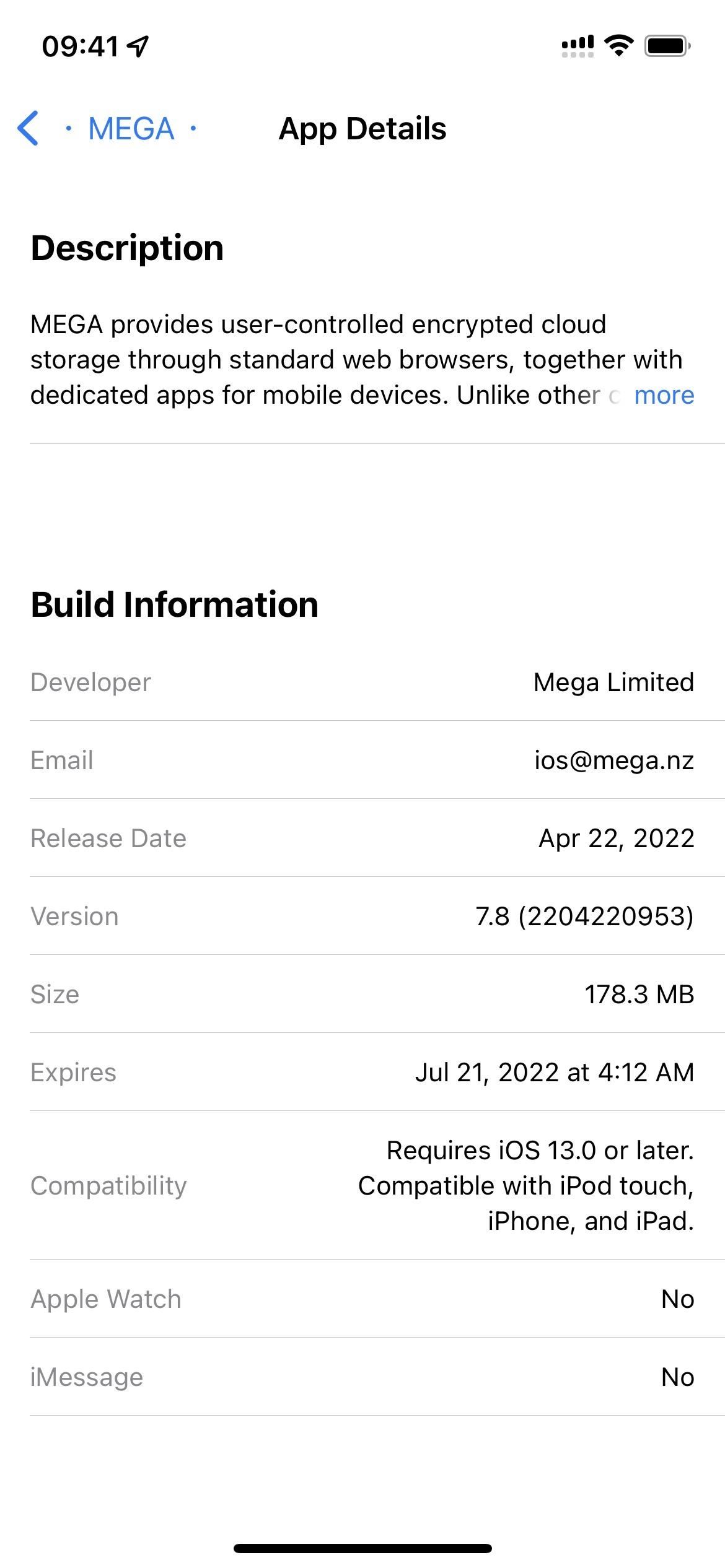
Option 5: View the App’s Beta Details in TestFlight
As seen in Option 4 above, you’ll find the version of a beta app installed from TestFlight on the App Store if the beta app also has a live app in the App Store. You can tap “View in TestFlight” to do just as it says, and the version and build number will be directly under the app’s name. Tapping “App Details” will show you more information.
You can also open TestFlight and see versions and build numbers under the name of each app listed. Tap an app, and you’ll still see the numbers by the title, and you can tap “App Details” for more info.
- Pros: The App Store will show the version number; build numbers are shown for each beta.
- Cons: Applies to a few apps only, if any; it’s hard to find beta apps to install.
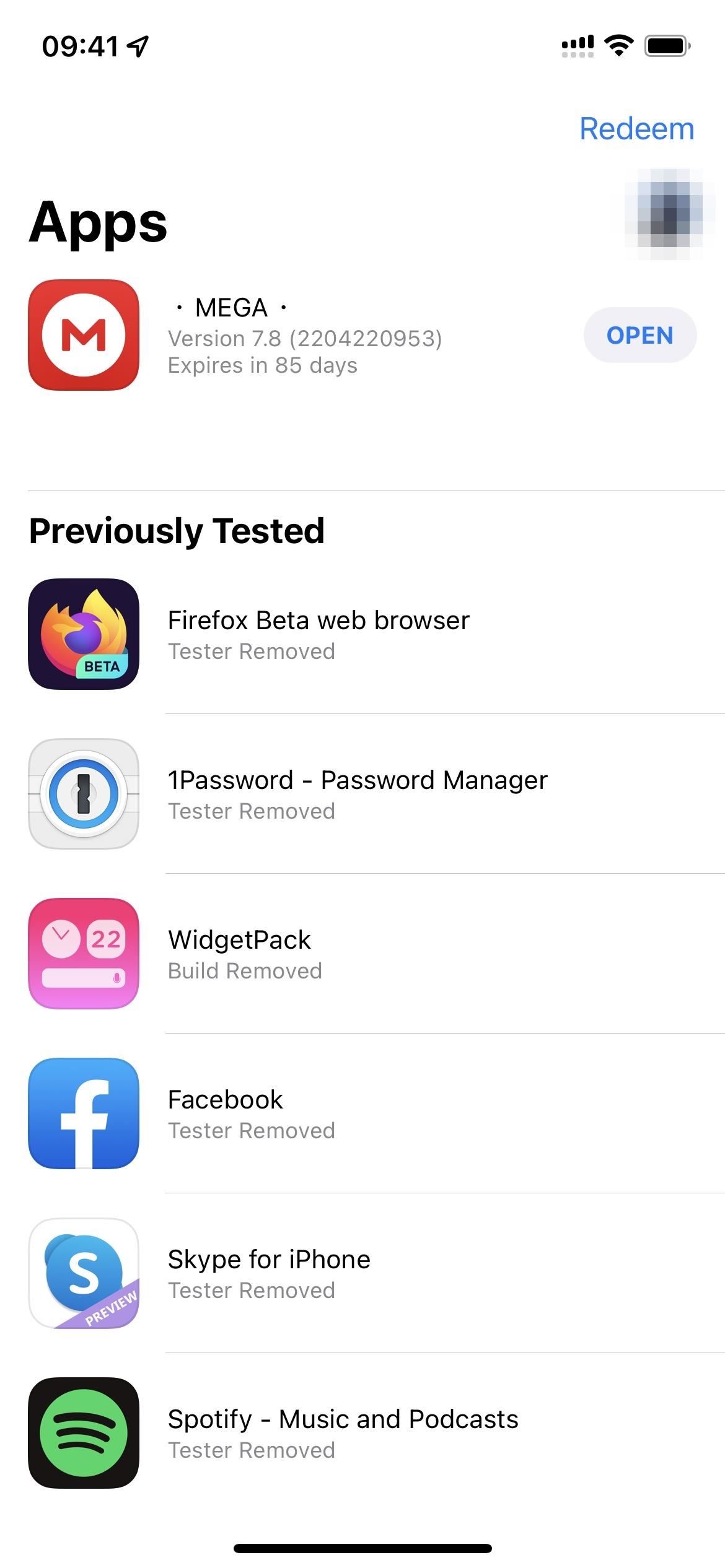
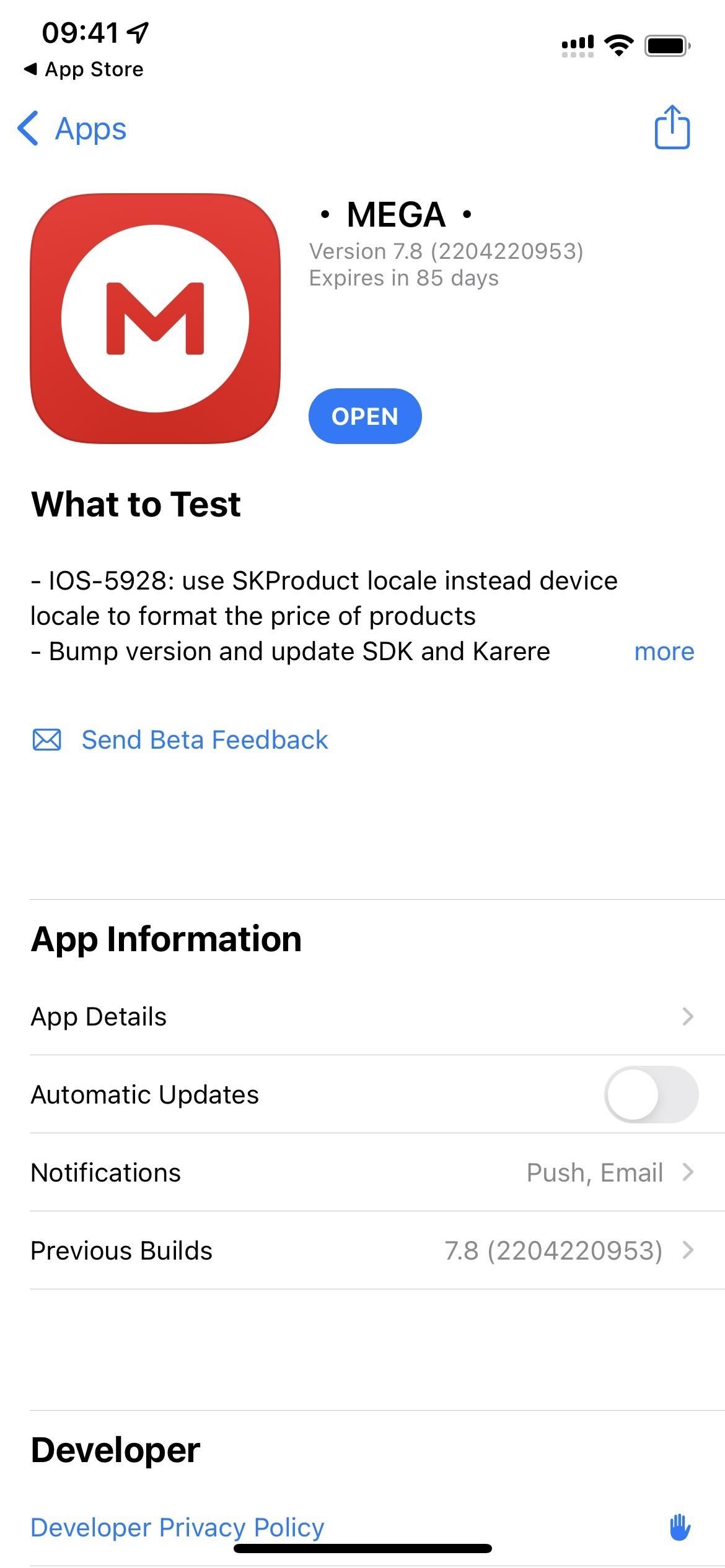
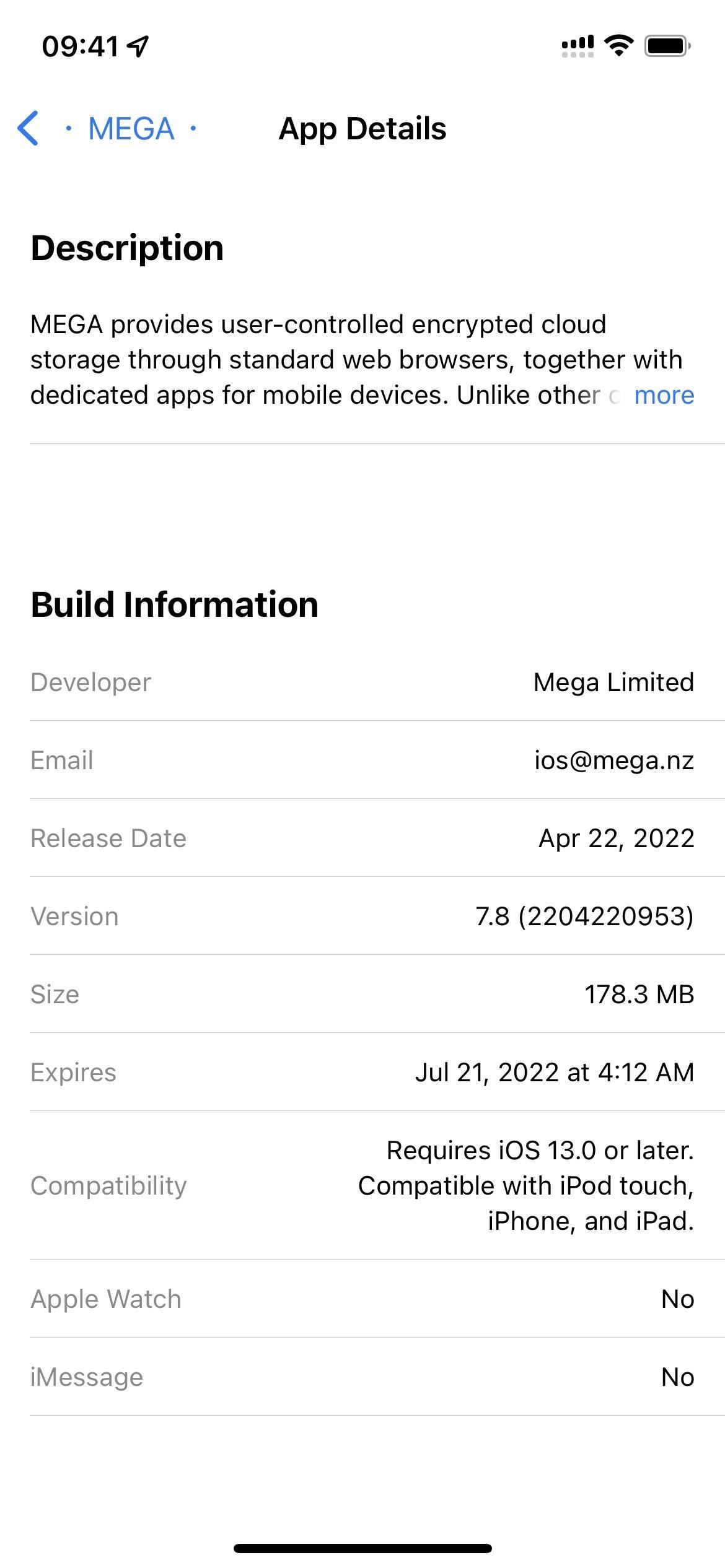
Option 6: View the App’s Info in Apple Configurator
If you tend to have your iPhone or iPad plugged into your Mac, you can use the Apple Configurator app to view version numbers for most apps on your device.
Just connect your iPhone or iPad to your Mac using a USB-C, Lightning to USB-C, or Lightning to USB-A cable and open Configurator. When it shows up, click on your iPhone or iPad, then choose “Apps” from the side menu. All the apps you’ve installed on your device will appear, and you’ll see a “Version” column for quick reference.
- Pros: Works for all third-party apps; easy to glance at; can search for apps by name; can sort by apps by name or developer.
- Cons: Omits build numbers; does not work for stock Apple apps; you need a Mac and cable.
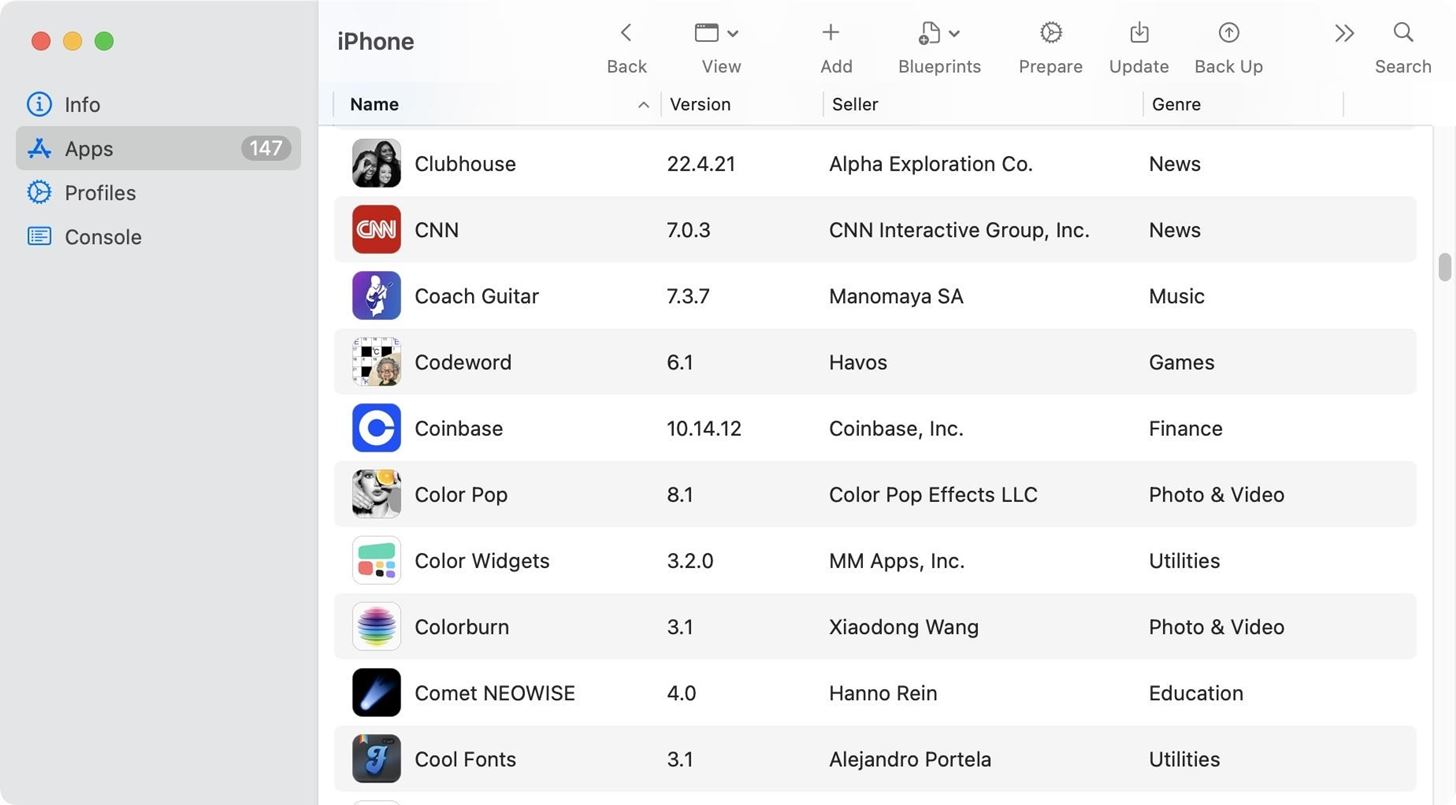
If you want to update apps from Apple Configurator, you’ll need to sign in to the same Apple ID account that you use with your iPhone or iPad via the menu bar (Account –> Sign in). When you use different iCloud credentials to update any apps, you’ll have a headache later when you try to update the same apps again later directly from your iPhone or iPad since it will likely ask you to log into the account that last updated them.
Option 7: View the App’s Info from the Software Package
The problem with all of the above options is that you won’t find version numbers for many of Apple’s stock apps. You can search the web to see the stock app’s version for the iOS or iPadOS version you’re running, but you won’t always find answers. Instead, you can download Apple’s software archive and dissect the IPSW file.
If you’re a developer, you can download the correct IPSW for your iPhone or iPad from developer.apple.com/download or developer.apple.com/download/release. Regular users can access them from sites like ipsw.me.
Once downloaded, change .ipsw to .zip in the file name, unzip it, then open the largest DMG file you see. In the folder that appears, go to “Applications,” select the app (which will be an IPA file), and you should see the version number listed in the information panel of Finder. You can also use the Command-I keyboard shortcut to open more information about the app, where the version number is also listed.
If you download a third-party app’s IPA from Option 6 above, you can also see its version number in Finder as you can with stock Apple apps. But if your only goal is to know the version number, you don’t need to download the IPA file — just view it as seen in Option 6.
- Pros: Works for all stock Apple apps; easy to glance at once un-archived.
- Cons: Omits build numbers; does not work for third-party apps unless you download those separately; the most complicated method.
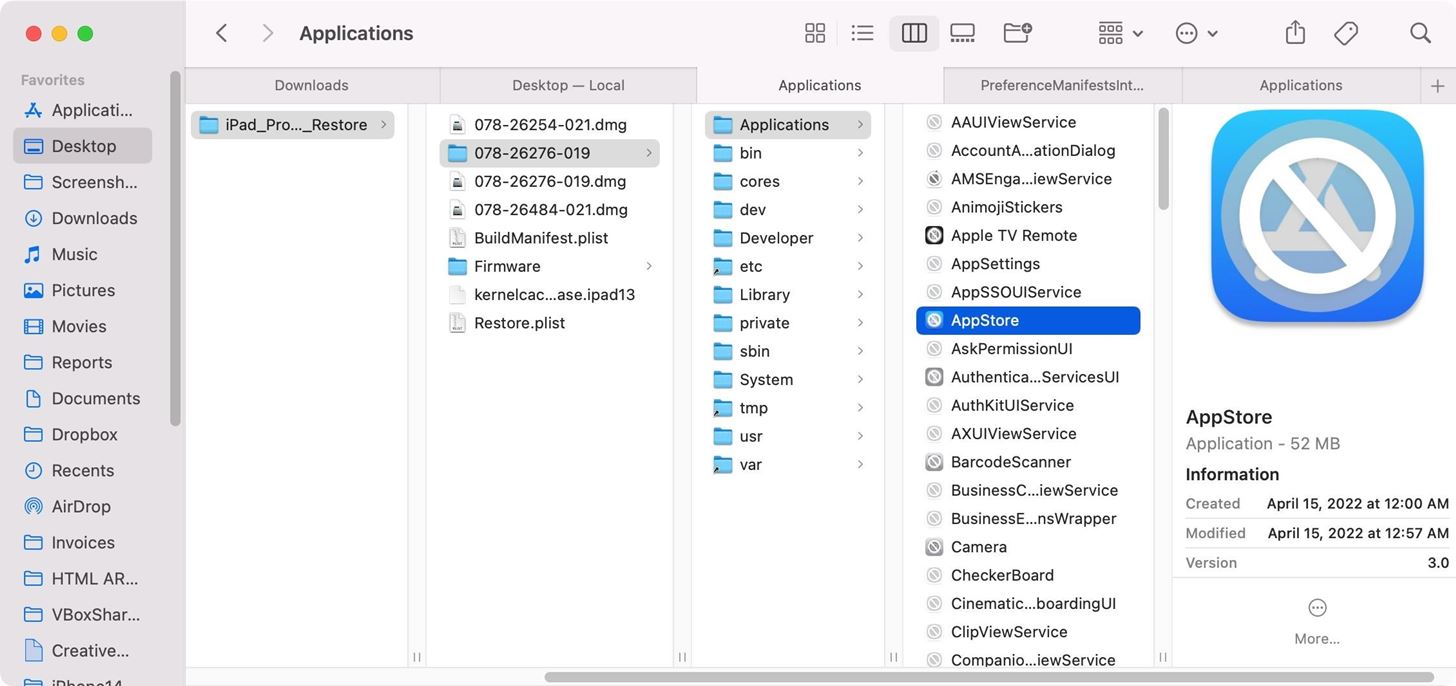
Just updated your iPhone? You’ll find new emoji, enhanced security, podcast transcripts, Apple Cash virtual numbers, and other useful features. There are even new additions hidden within Safari. Find out what’s new and changed on your iPhone with the iOS 17.4 update.
“Hey there, just a heads-up: We’re part of the Amazon affiliate program, so when you buy through links on our site, we may earn a small commission. But don’t worry, it doesn’t cost you anything extra and helps us keep the lights on. Thanks for your support!”











